Greetings from Iraq: 'Who Gave You Permission to Abandon Your Prophet?'
When engineers Jacob Shafer and Meir Ronen were asked to fly to Iraq to restore the tomb of the Prophet Nahum, they didn't anticipate the complexity and danger of the mission. Now, three years after that journey, they share their experiences and excitedly announce: 'The tomb has been restored and awaits visitors'
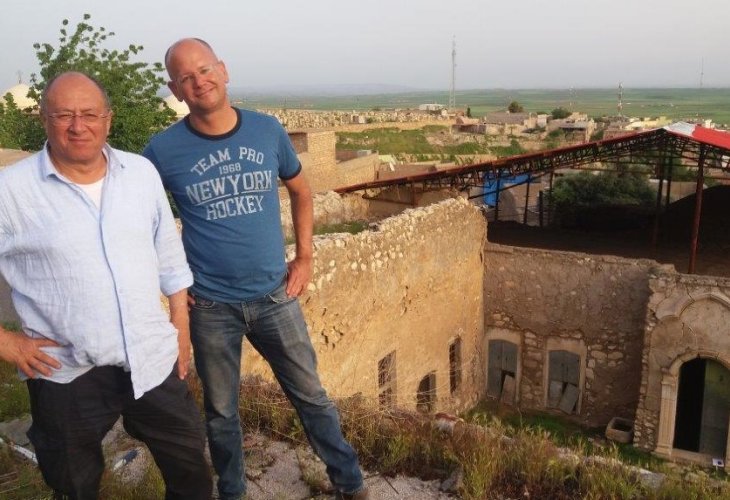 Jacob Shafer and Meir Ronen, the engineers responsible for restoring the tomb
Jacob Shafer and Meir Ronen, the engineers responsible for restoring the tombJacob Shafer and Meir Ronen stood at the tomb of the Prophet Nahum in Iraq, feeling their legs tremble, perhaps due to the cold, as the area was flooded with water, perhaps from excitement, or perhaps from the sheer sorrow and pain. They gazed at the collapsed walls of the tomb and the animals that roamed around the monument undisturbed, becoming aware of the dire state of the Prophet Nahum's tomb after years of neglect.
Moments later, they were noticed by the site's guard, a Christian who lives above the tomb and has held the keys for decades. 'Ever since I can remember, I have been guarding the tomb, and this is one of the few times I've seen Jews here,' he exclaimed with excitement, then added a startling comment: 'Who gave you permission to abandon your prophet?'
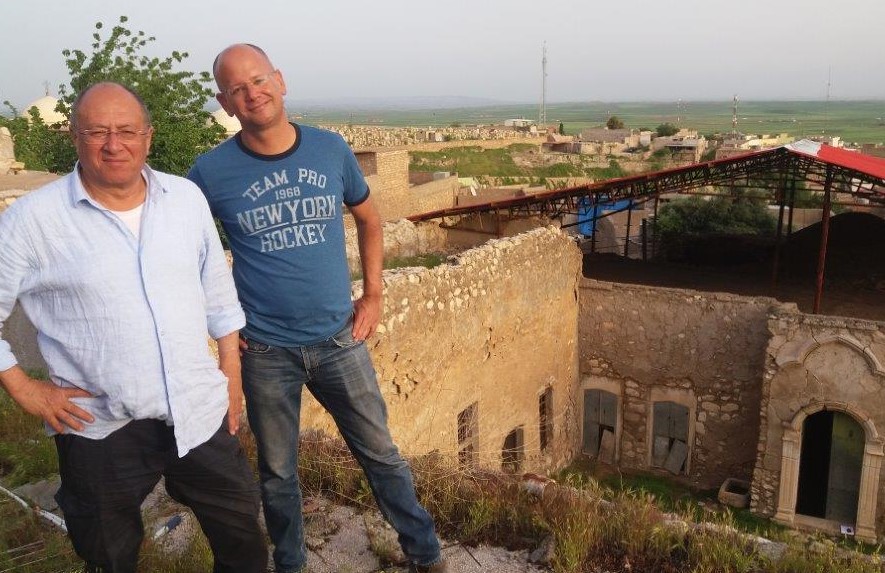
Into Enemy Territory
Shafer and Ronen are Israeli engineers called to Iraq for a significant mission. 'It was about three years ago,' Shafer notes, 'representatives from the Israel Museum contacted us and explained that an American organization named ARCH wished to restore the tomb of the Prophet Nahum - a 2600-year-old tomb - and reconstruct it. They came and met with representatives from the Hebrew University, prepared detailed plans, and eventually raised millions of dollars. They requested us, as professionals specializing in the restoration of ancient structures, to closely oversee this project and ensure that the tomb constructed would be an accurate reproduction of the Prophet Nahum's tomb.'
What was your response?
'Initially, we agreed,' Shafer replies, 'but then it was clarified that to restore the tomb we would need to travel to the village of Alqosh near the city of Mosul. At that moment we began to grasp the significant implications of the project. We were unfamiliar with Iraq up close until then, only knowing that it was in a state of war and that there were severe bombings and fighting throughout the country, especially in Mosul. We also didn’t understand technically how we could get there, as there are no direct flights from Israel to Kurdistan, and we only have Israeli passports, not foreign ones.'
However, it turned out every question had an answer. Shafer notes that after receiving various approvals from the Ministry of Interior and the Ministry of Defense, they embarked on a journey to enemy territory. 'We flew to Istanbul,' he explains, 'from there we continued to Erbil, the capital of Kurdistan, where we stayed overnight in a unique bomb-proof hotel, and in the morning we traveled in American armored cars, each of us in a separate vehicle, accompanied by a personal security guard, for security reasons, of course.'
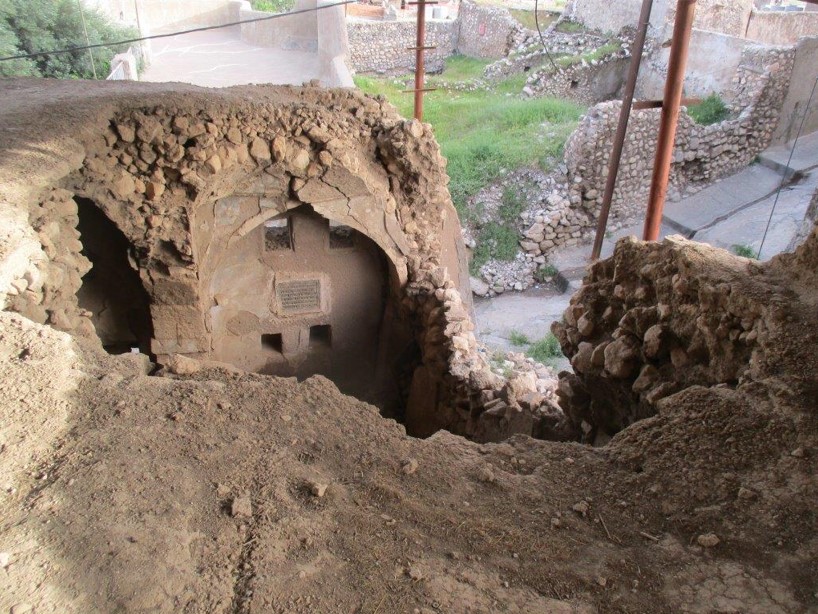
Were you afraid?
'To be honest, we were very afraid,' Shafer admits, 'but I must say that before our journey, we read a lot about the righteous individuals buried in Iraq, and we began to realize the tremendous importance of preserving their graves. Unlike graves in places like Poland or Ukraine, in Iraq, there is simply nobody to maintain them. If we do not ensure their preservation, in a few years, there will be no trace of them.
'Unfortunately, the tomb of the Prophet Jonah was blown up a few years ago by Daesh, the tomb of Ezekiel has become a mosque, as has the tomb of Daniel. We understood that the tomb of Nahum is almost the only one that can still be saved in Iraq, and when we read further accounts from people who visited it in the past, it brought us to tears. We understood that in the days when Jews lived in the area, they would come there, sing all night long, hold feasts and mass prayers... There are many miracle stories related to the tomb of Nahum, and with each moment, we apprehended the magnitude of our mission.
'So yes, we were very scared,' he adds, 'we also left behind family members who were very worried for our safety, but everyone stood fully behind us, and this gave us a lot of strength and inspiration to undertake the mission.'
Journey Through the Ruins
He describes the journey to Kurdistan as both fascinating and intimidating. 'We traveled with the armored cars through vast regions where images of Kurdish casualties killed by Daesh were displayed everywhere; all the towns along the way were completely destroyed, with remains of houses demolished and blown up by Daesh. The scenes shown in the media suddenly came alive and vivid before our eyes. We passed checkpoint after another where Kurdish and Iraqi flags were visible, and finally, we reached Alqosh - a Christian village located 50 km north of Mosul that Daesh somewhat failed to infiltrate. Alqosh is where the Prophet Nahum is buried; today, Christians live there, but we encountered houses that were once owned by Jews. You could even see mezuzah marks on the doorposts...' He mentions finding a ruined synagogue building there, without a roof, after the roof was destroyed by bombings about twenty years ago.
'The entities guiding us throughout were representatives from the association, and we found out that there was cooperation from the Kurdish government, the U.S., and the Assyrian Church, all showing interest in this joint project. In the Alqosh area, we were slightly alarmed because Kurdish guards began causing minor problems. We tried to sort things out with them in English, and they were convinced we were Americans, only later realizing we were Israelis, which left them speechless; and later, they made it clear to us that no Israelis had ever set foot here before, and they asked to take pictures with us.'
For an entire week, the two architects stayed in one of the houses in Alqosh, visiting the tomb ruins daily. 'It's a structure that includes a synagogue and a large courtyard in addition to the tomb itself, as well as another tomb of the Prophet Nahum's sister. For the most part, the structure was entirely ruined, but columns with Hebrew inscriptions and even a parochet remained there.'
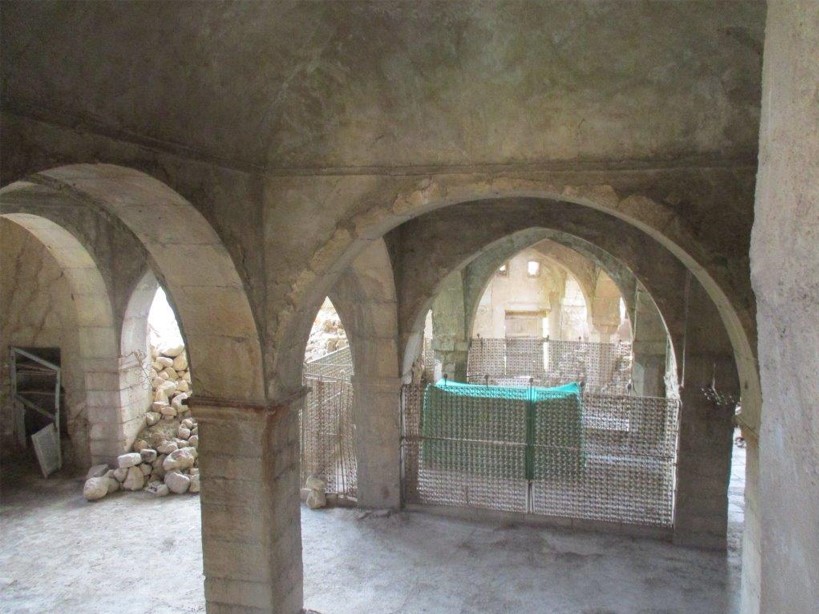
What did you work on during that week?
'We had documentation of the intact tomb, and we essentially tried to build a well-organized plan divided into phases to enable us to restore and reconstruct as accurately as possible. It involved very basic work - starting with supporting the existing walls, dismantling the roof, and restoring all parts. It’s a very complex task because if you want to do an accurate restoration, you have to replicate the method in which the tomb was originally built, which means using the same drainage and construction methods. We estimated it involved about two million dollars and two years of work.'
After spending a week there, hearing constant reports of escalating battles in Iraq and just praying to return safely, the two completed their work there, returning to Erbil, from where they flew to Turkey, and then on to Israel.
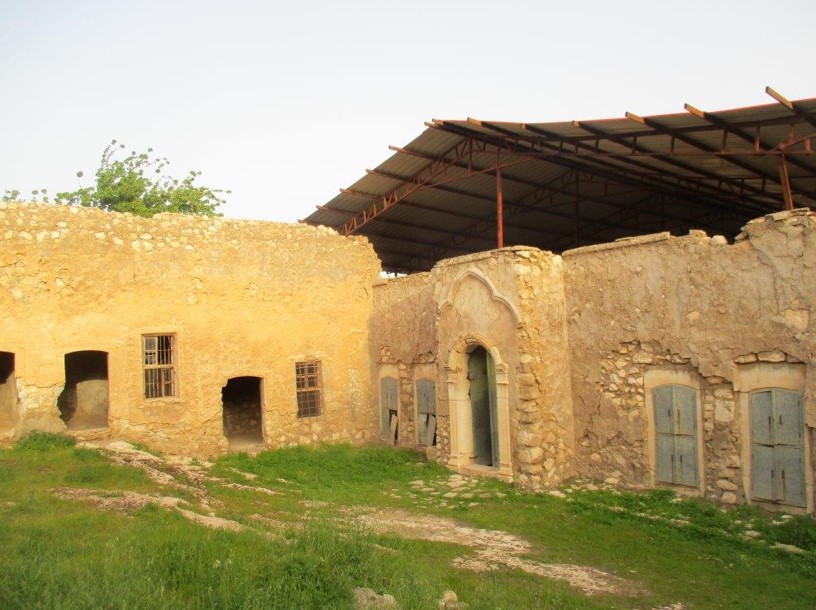
Yet, the work didn’t end there. 'After returning to Israel, we closely followed the project,' he shares, 'we needed to recruit a construction company, but it was clear it couldn’t be an Israeli company, so we brought in a Czech company that also had to get special approvals to go to Kurdistan. They executed our plans meticulously, while we supervised them throughout. The truth is we were supposed to fly there a few more times, but then about two years ago, Kurdistan declared its aspiration for independence, and thus, flights from Turkey to Kurdistan were closed. The only option left was through Baghdad, which we were definitely not willing to do...'
But thank Hashem, the renovations were successfully completed even from afar, and recently, the architects received the exciting news - the renovation work has been completed, and the tomb has been restored faithfully, exactly according to the plans. 'Now it’s just a matter of expecting visitors who will come and pray at the site,' says Shafer hopefully.
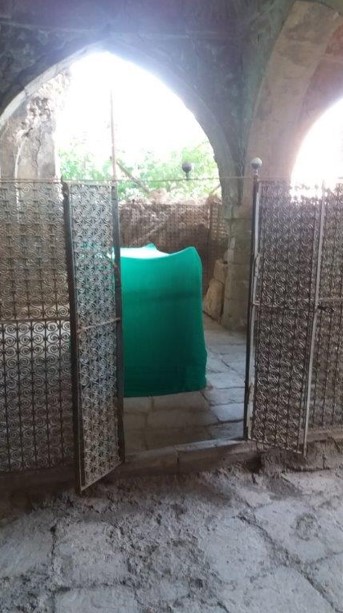
Do you believe people will come?
'Yes, now that the tomb is refurbished and perfect, I believe it will attract American Jewish tourists, but not only that. It is a sacred site and it’s very possible people from all around the region will visit. And who knows, maybe someday in the future, we too will be able to go and pray at the tomb of the Prophet Nahum in Kurdistan, just as we currently do with flights to Poland and Ukraine.'

